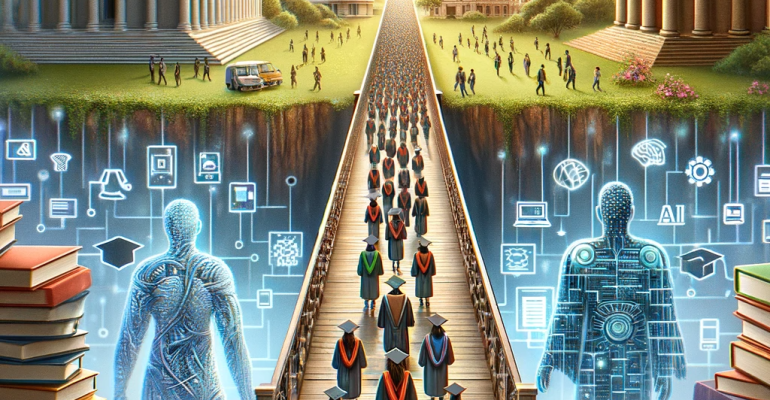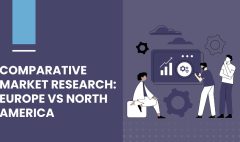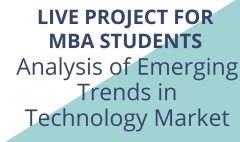Redefining Potential: How AI is Closing the Educational Gap
Redefining Potential: How AI is Closing the Educational Gap
In an era marked by rapid technological advancements, the disparity in educational standards and opportunities between elite institutions like IIT/IIM and tier-three institutes has become increasingly pronounced. However, as we navigate through the age of Artificial Intelligence (AI), there’s a burgeoning hope and potential to level the playing field, creating a more inclusive educational landscape.
The Present Disparity
Currently, the divide between the elite and other educational institutes creates a multitude of challenges for students. Those who make it into top-tier colleges often ride the wave of success, backed by superior resources, exposure, and networking opportunities. In contrast, students from lesser-known institutions grapple with a lack of opportunities and an inferiority complex, especially when they see their counterparts achieving great heights. This not only creates an unequal society but also contributes to mental distress among the youth, sometimes leading to tragic outcomes like suicides due to immense pressure and frustration.
AI as a Beacon of Hope
AI holds the promise of revolutionizing this grim scenario. By democratizing access to quality education and resources, AI can help bridge the gap in several impactful ways:
Personalized Learning: AI can tailor education to individual student needs, abilities, and learning styles, ensuring that students from all backgrounds have the support they need to succeed.
Resource Accessibility: Through AI-driven platforms, students can access lectures, study materials, and research from elite institutions, making quality education more accessible.
Mentorship and Guidance: AI can connect students with mentors and career guidance suited to their skills and interests, often a privilege of students from top-tier institutes.
Skill Development: By focusing on skill rather than rote learning, AI can help students from all institutes become industry-ready and competent.
Eliminating Suicide and Fostering Well-being
One of the most critical issues in the educational sector is the high rate of student suicides, driven by intense competition and pressure to succeed. AI can play a vital role in the early detection of mental health issues by monitoring students’ behavior and learning patterns, providing timely interventions, and offering support resources. Furthermore, by reducing academic pressure through personalized and adaptive learning methods, AI can significantly alleviate the stress and anxiety associated with competitive exams and college admissions.
The Way Forward
Capitalizing on the power of AI requires concerted efforts from all stakeholders in the education sector, including policymakers, educational institutions, technologists, and mental health professionals. It’s time for a paradigm shift where education is viewed as a journey of learning and growth rather than a race. By embracing AI, we can ensure that every student has the opportunity to reach their full potential, irrespective of their institute’s brand name.
Conclusion
As we stand at the crossroads of education and technology, the promise of AI in creating a balanced and equitable education system is undeniable. It’s not just about academic success; it’s about nurturing well-rounded individuals who are mentally healthy and equipped to face the world’s challenges. Let’s join hands in this endeavor to utilize the power of AI to eliminate educational disparities and build a future where every student thrives.








